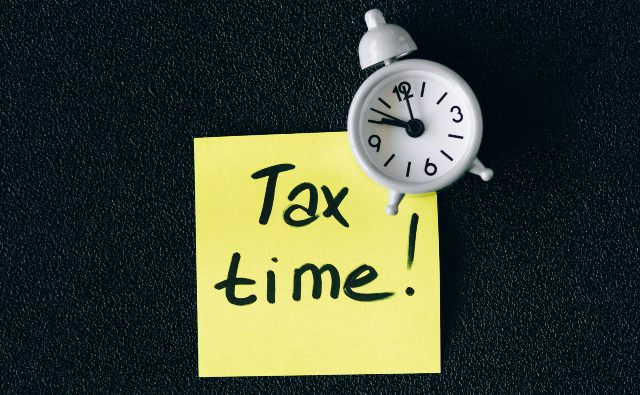Last Updated on July 24, 2022 by The MediFi Guy
“How much money do I need to have at my chosen retirement age to be able to live comfortably for the rest of my life without ever having to work again?”
The answer to this question is attained by using the 4% rule. A quick summary of the 4% rule is this:
- Total yearly expenses ÷ 4% = The amount of money you need for retirement
OR
- Total yearly expenses x 25 = The amount of money you need for retirement
OR
- Total monthly expenses × 300 = The amount of money you need for retirement
The above are three methods of getting to the exact same answer. Let’s give an example.
Let’s say your total monthly expenses are R20 000 per month. R20 000 x 12 = R 240 000 per year.
Using method 1: R240 000 / (4/100) = R 6 000 000
Using method 2: R240 000 x 25 = R 6 000 000
Using method 3: R20 000 x 300 = R 6 000 000
Therefore given expenses of R20 000 per month (or R 240 000 per annum) you would need R 6 000 000 at retirement for you to continue living your lifestyle without having to work.
So where does the “4%” number come from?
Long story short, a whole bunch of studies were done back in the day using data taken from different retirement investment strategies and possible outcomes that determined that 4% is the maximum safe withdrawal rate per annum that one can withdraw from their retirement lump sum without the risk of running out of money during retirement.
Another way to think of it is that your annual expenses should be less than or equal to 4% of your total retirement lump sum in order for you to continue comfortably living off of that lump sum alone by essentially only living off of the growth of the investment but never eating into the principle.
The studies from which the 4% rule is derived were done using the traditional retirement ages of 60-65 years old with a 25-30 year retirement period thereafter. But further research has shown the 4% rule to be applicable regardless of chosen retirement age. Once you have 25x your per annum expenses in investments you can retire and live on the investments alone.
Legal Disclaimer: The information on this website including research, opinions or other content is not intended to and does not constitute financial, accounting, tax, legal, investment, consulting or other professional advice or services. The author of this blog does not act or purport to act in any way as a financial advisor or in a fiduciary capacity. Prior to making any decision or taking any action, which might affect your personal finances or business, you should take appropriate advice from a suitably qualified professional or financial adviser.



